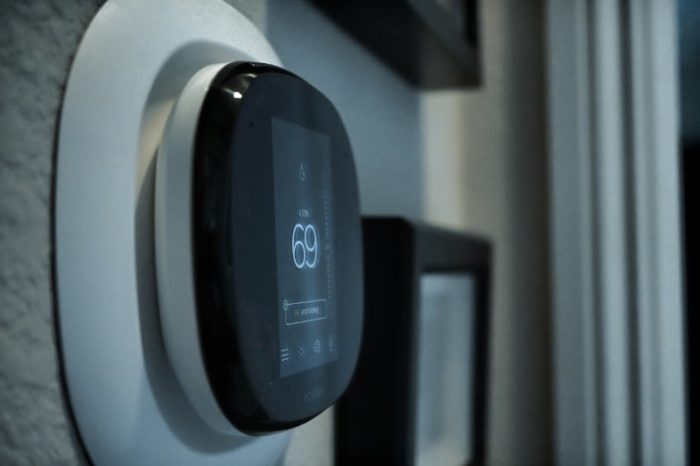Temperatures in Jensen Beach, FL, rarely drop below 60 degrees in the winter and spring. You’ll still need your HVAC thermostat to regulate your home’s temperature, though. Learn more about the HVAC thermostat mistakes you shouldn’t make so that you can save energy and money.
Choosing the Wrong Location
Thermostats monitor the surrounding air temperature and use it to turn the HVAC system on and off. When you install it in a room that’s colder than anywhere else, it won’t turn the HVAC system on as often as you need it. Installing an HVAC thermostat in a warmer location can increase your cooling bills because it kicks the system on too often.
Keeping the Same Temperature All the Time
Using the same temperature settings every day can decrease the efficiency of the HVAC thermostat and cause higher energy bills. When your home is empty during the day or you’re on vacation, turn the thermostat up in the summer and down in the winter. A smart thermostat can automatically adjust to your home comfort needs.
Ignoring Warning Signs
The signs of a faulty thermostat can include coolant leaks, strange noises, a blank screen and temperature changes. Getting the HVAC repairs you need as soon as you notice those problems can save you money later.
Using an Old HVAC Thermostat
An old HVAC thermostat is more expensive to repair and often reduces your home’s efficiency. The newer smart thermostats have automatic settings and apps that can save you money when you’re away. Installing one of these new units is quite affordable, too.
When you have problems with your HVAC system, make sure to contact professional service technicians to inspect it. Contact Grimes Heating & Air Conditioning for any thermostat services you need. We’ll be happy to help you optimize your indoor climate control.
Image provided by iStock

